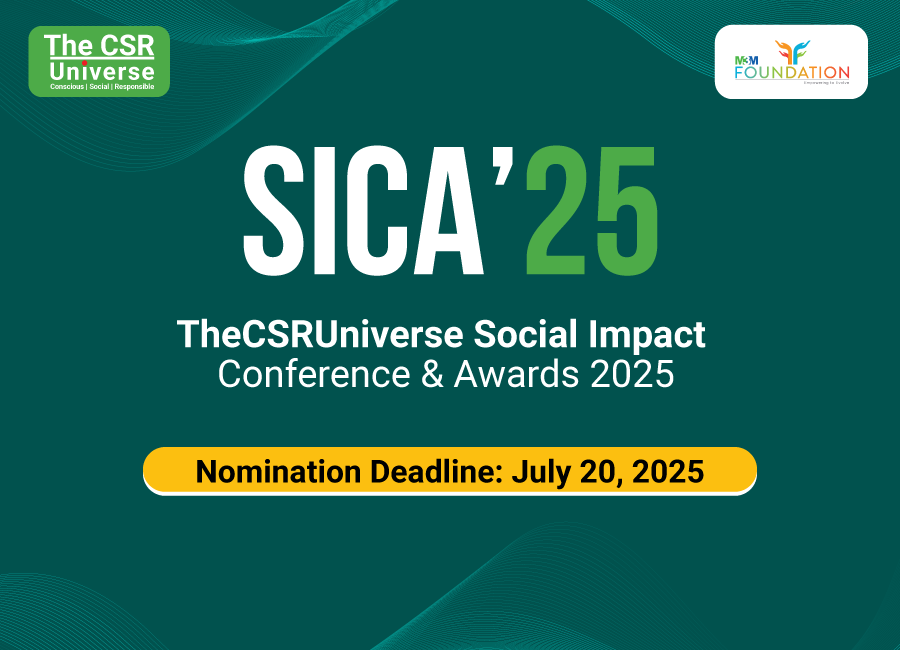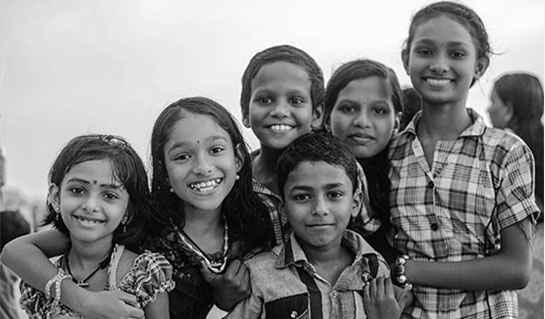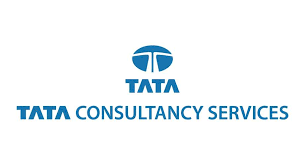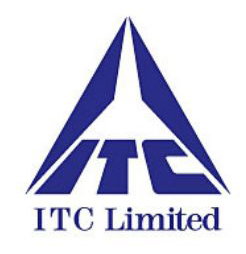 Special features of the organization
Special features of the organization
USNPSS has contributed towards development of Uttarakhand as follows: , 1. Reforming government policy on education in Uttarakhand , Development and mainstreaming of an environmental education course in the school curriculum of Uttarakhand. Currently, students in classes 6 to 8 in all government schools study workbooks developed by USNPSS. In cooperation with the state government, especially the SCERT and DIETs, the books have been modified many times; the most recent modification was in 2015. , Running 350 balwadis in the hills and developing a programme for Early Childhood Care and Education (ECCE) which was used by the state government in the preschool programme. The resource team of master-trainers for ECCE in the education department of Uttarakhand is trained by USNPSS. , 2. Nodal Agency for the Ministry of Human Resource Development, GOI from 1987 to 2006 , Identifying and nurturing more than 281 small NGOs, CBOs and individuals working in Kumaon and Garhwal. Many have built their own institutional capacity to execute programmes in villages. , Developed an Innovative approach to connect schools with rural communities. , 3. Regional Resource Agency (RRA) of the Ministry of Environment and Forests, GOI from 1993 to 2006 , Supported environmental awareness programmes and diverse activities in schools, villages and cities of Uttarakhand. This involved identifying and evaluating the organisations, writing reports, keeping accounts and collaboration with various government and non-government institutes , 4. Setting up a women s federation, Uttarakhand Mahila Parishad , The largest network of rural women s groups in the state, UMP, has a membership of about 16,000 women from about 490 villages in the hills of Kumaon and Garhwal. , 5. Developing educational materials for use in villages , Educational aids and innovative methods of learning developed by USNPSS for children, adolescents, women , Developed more than 100 publications in Hindi on locally relevant issues, articles in refereed Journals, magazines and newspapers. Published an atlas of Uttarakhand in 1997. , 6. Action programmes , Setting up of libraries, evening centres, computer literacy centres, life skills for adolescent girls, women s literacy centres, village learning centres in villages. These programmes have received acclaim and recognition in various national and international journals and books. , Provision and conservation of water includes rain water harvesting, trenches (chal/khav), cheap polythene lined tanks, simple pits to collect water etc. , Regeneration, conservation, protection of forests, afforestation , Sanitation (more than 10,000 sanitation facilities installed , Installation of green houses to grow off season vegetables and preserve the local seeds , Fisheries, horticulture, apiculture, food processing, knitting etc. to generate income , 7. Training of schools teachers on EE, DIETS, facilitators, supervisors, NGOs, rural women and adolescent girls , 8. Research , Indian Council for Agricultural Research, ICAR, under the competitive grants section of the National Initiative on Climate Resilient Agriculture, NICRA during 2011 to 2014 , Indian Council of Social Science Research, ICSSR, on Gender issues in the Development of Ecologically Fragile Zones: A case study of village communities in Uttarakhand (gender and social ecology) (2014-16) , GIZ supported project on climate change in 2011



















